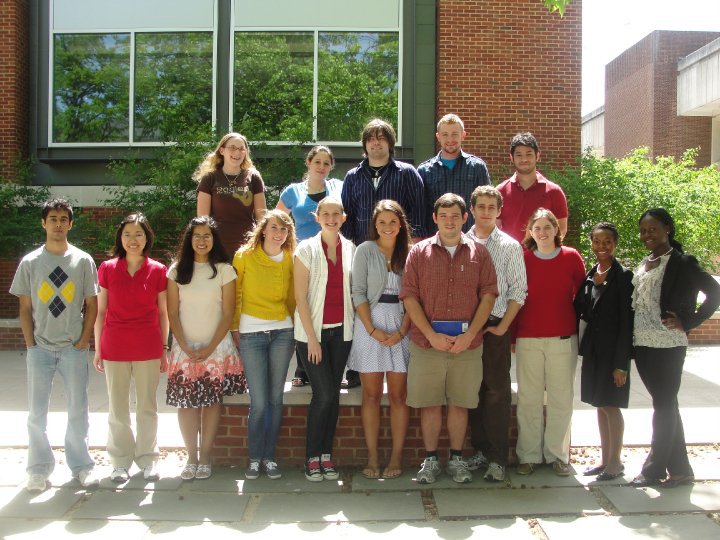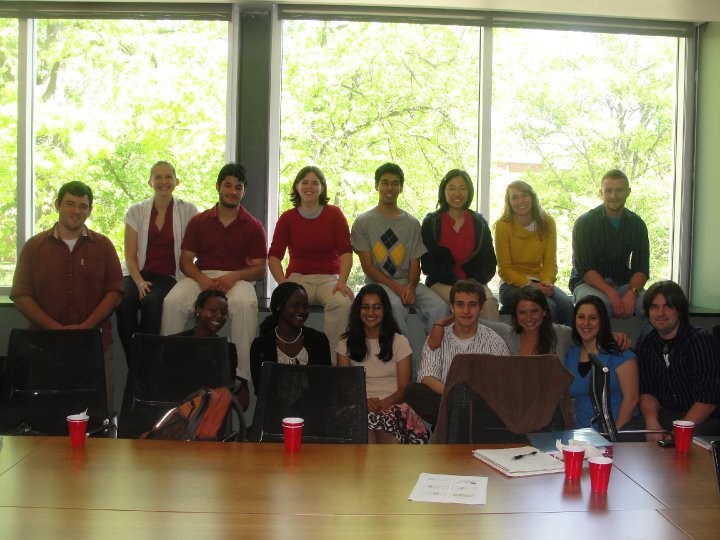Team:Virginia United
From 2010.igem.org
(→Sponsors) |
(→Sponsors) |
||
| Line 35: | Line 35: | ||
{|align="justify" | {|align="justify" | ||
| - | + | . | |
|[[Image:Virginia_United_logo.png|200px|right|frame]] | |[[Image:Virginia_United_logo.png|200px|right|frame]] | ||
|- | |- | ||
| | | | ||
<b>An Engineering Approach to an Environmental Biosensor</b> | <b>An Engineering Approach to an Environmental Biosensor</b> | ||
| - | + | <br><br> | |
In engineering, it is recognized that there are various ways to successfully design a mechanism. Often, different designs are tested and compared given a set of metrics in order to assess the strengths and weaknesses of each option. This process is called co-design. Since synthetic biology is truly a multi-disciplinary field, it is important that we incorporate techniques that have been proven successful in other well-established disciplines. We decided to apply co-design while testing and evaluating the effectiveness of a multiple-compound biosensor detection process. | In engineering, it is recognized that there are various ways to successfully design a mechanism. Often, different designs are tested and compared given a set of metrics in order to assess the strengths and weaknesses of each option. This process is called co-design. Since synthetic biology is truly a multi-disciplinary field, it is important that we incorporate techniques that have been proven successful in other well-established disciplines. We decided to apply co-design while testing and evaluating the effectiveness of a multiple-compound biosensor detection process. | ||
<br><br> | <br><br> | ||
Revision as of 22:36, 14 July 2010
Sponsors

|

|
|
An Engineering Approach to an Environmental Biosensor
| |
| Team Example |
| Home | Team | Official Team Profile | Project | Parts Submitted to the Registry | Modeling | Notebook | Safety |
|---|
 "
"

